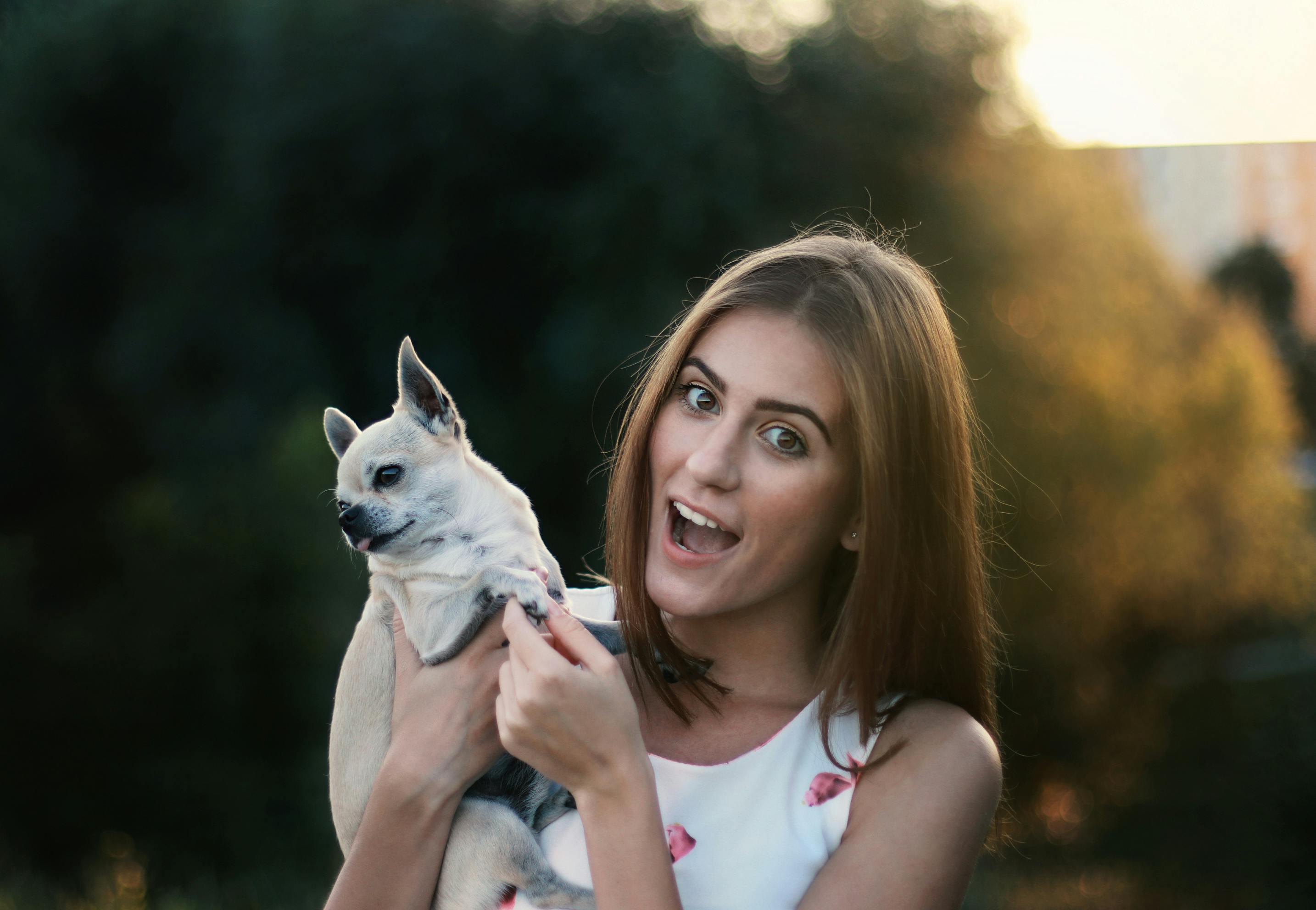Maltese
Description: The Maltese is a toy dog that is used exclusively as a companion. It measures only 8 to 10 inches at the shoulder and tips the scale at 6 to 9 pounds. Maltese is usually pure white in color, although some layers of cream or ivory may appear. The long coat has no undercoat and the Maltese is considered hypoallergenic. The Maltese is also known as the “Roman Ladies Dog”, the “Maltese Lion Dog” and the “Ancient Maltese Dog”. Maltese generally get along well with children, but they can become agile if they are teased by younger children. They are excellent companion dogs and are very attached to their owner.
History: A Greek amphora from 500 BC. C. shows a dog very similar to the Maltese. The dog is known as ‘Melitaie’. A type of Spitz from Switzerland was probably what originally gave rise to the Maltese. Careful breeding reduced the size of the dog. Maltese was well liked by the Romans and was mentioned by both Roman and Greek writers. However, breeders were determined to reduce the size of the dog and by 1792 the Maltese had been reduced to the size of a squirrel, according to the naturalist Linnaeus. These undoubtedly unsound dogs all but disappeared, but breeding with small poodles and spaniels revived the breed.
Temperament: The Maltese is a playful and energetic dog. He becomes very attached to his owner and will be a faithful companion. The Maltese love to have a lot of attention paid to them. They are bright little dogs and are often eager to learn tricks. Maltese do not mind other dogs or pets and will generally welcome people into the home. However, it should be noted that these dogs tend to bark quite a bit, which can be a problem for some.
Health Issues: As the Maltese are delicate-boned dogs, care must be taken to avoid injury to the skeletal structure. The owner should be aware that the Maltese can get sunburned on the hair part. Although the Maltese experience few health problems and can easily live to be 15 years old, there are certain things to watch out for. Irritation that causes eye infections may be due to hair backing into the eyes. The Maltese can also experience a condition, retinal atrophy, which restricts the dog’s ability to see in low light conditions. The Maltese is uncomfortable in damp or wet areas and should be kept out of these to avoid colds. Care must be taken in feeding as dogs are digestively sensitive.
Grooming: The Maltese’s coat is long, silky and smooth. A gentle brushing is recommended every day. The dog should remove tear stains with warm water or a commercially prepared solution. The muzzle should be cleaned after eating. The Maltese, if not to be shown, can be given a ‘puppy cut’ to save prep time.
Living conditions: The Maltese should definitely be kept indoors, especially as it thrives best in dry conditions. They want to be around their human friends and are perfectly happy in an apartment.



